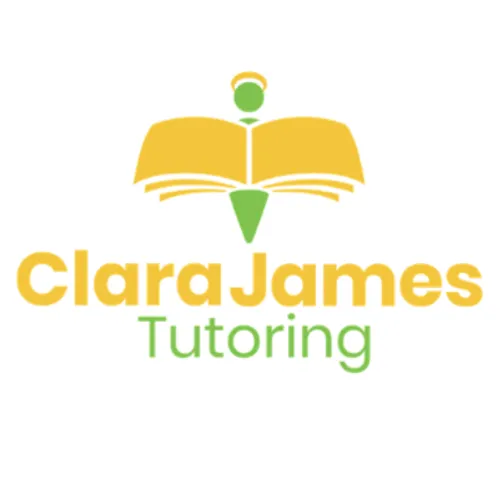Clara James Franchise
BLOG POSTS

Converting Mixed and Improper Fractions
This week a couple of people have asked about doing mixed and improper fractions. Because fractions seem to be something that so many people struggle with, I thought I'd create this post with the hope that it will help someone.
Mixed to Improper Fractions
These are the fractions where you have a whole number, then a fraction sat next to it. So, for example 1 ½ would work as an example.
To swap this into an improper fraction (where the number at the top of the fraction is bigger, the three steps are simply:
1. Multiply the number at the bottom of the fraction (the denominator) by the whole number.
2. Add the number at the top of the fraction (the numerator) to your answer to step 1.
3. Write the answer to step 2 above the 2 (the original number at the bottom of the fraction.
So, if you were changing 1 ½ into an improper fraction:
2x1 =2
2+1 =3
Answer: 3/2
To go the other way and change an improper fraction to a mixed fraction using 3/2 as an example:
1. Ask how many times the numerator (bottom number) would go into the top number (denominator) (how many 3’s in 2)
2. This becomes the whole number (Big number or for the official term integer) that sits to the left of the fraction.
3. Write your remainder over the top of the 2 (the original bottom number in the fraction)
Giving you the answer 1 ½
That’s it. The number at the bottom of the fraction never changes (unless they ask you to simplify it but that’s something different but if you want me to explain, please do say).
Each week we send out emails to parents with hints and support on maths, English, and revision (up to the end of GCSE). If you think it would be of help to you or your child and you'd like to receive the emails let me know, and I will happily make sure you receive them as well: [email protected]

